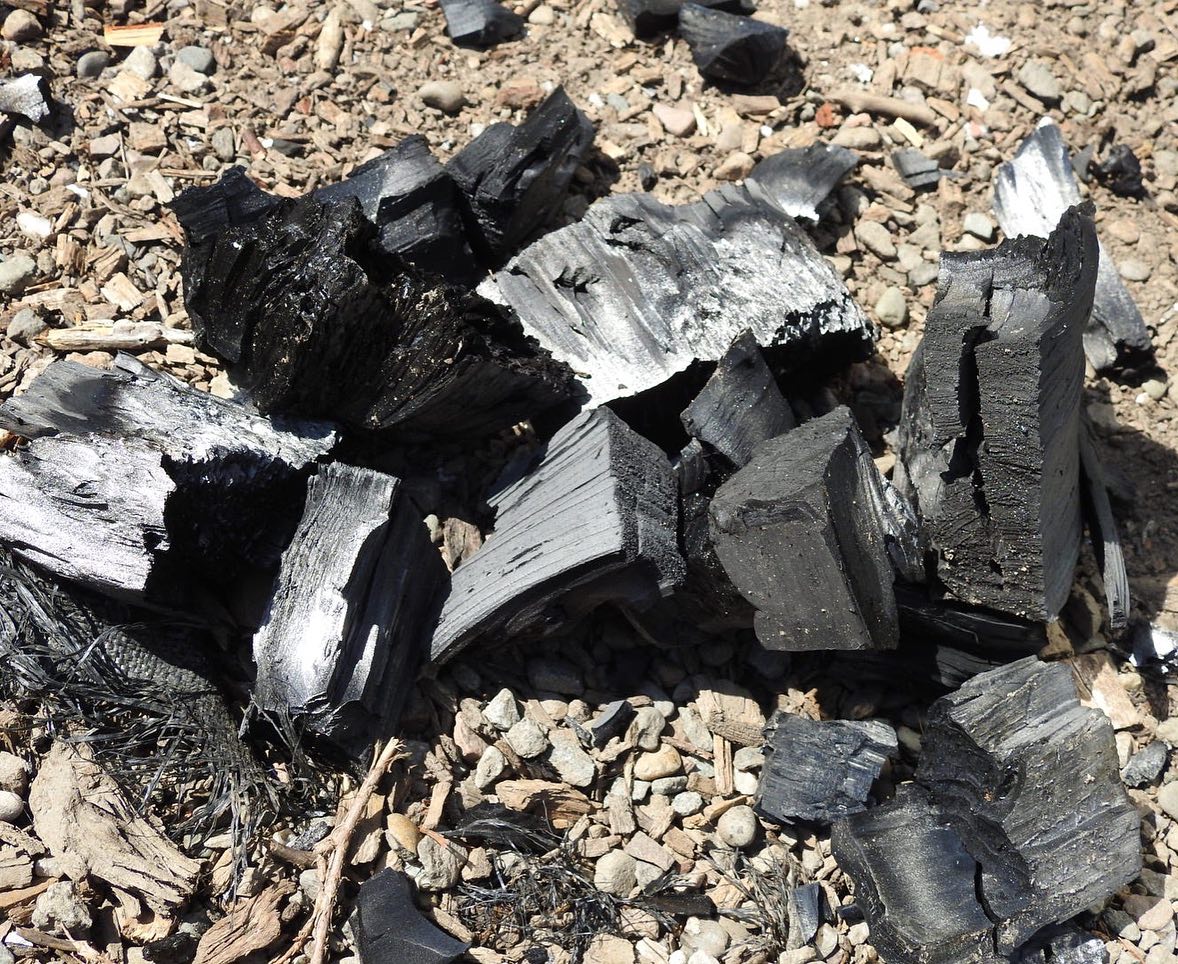Biochar, a carbon-rich material produced through the thermal decomposition of biomass in the absence of oxygen, has gained widespread recognition for its multifaceted environmental benefits. As the world grapples with pressing challenges such as climate change, soil degradation, and waste management, biochar production has emerged as a sustainable solution with the potential to mitigate these issues. Among the various technologies employed for biochar production, pyrolysis stands out as the most prominent and efficient method. In this comprehensive guide, we delve into the intricacies of pyrolysis technology and its pivotal role in biochar equipment.

Understanding Pyrolysis Technology:
Pyrolysis, derived from the Greek words “pyro” (fire) and “lysis” (separation), is a thermochemical process that involves heating biomass in the absence of oxygen, leading to the decomposition of organic matter into solid, liquid, and gaseous byproducts. Unlike combustion or incineration, which involve the complete oxidation of biomass, pyrolysis occurs under controlled conditions to maximize the yield of valuable products such as biochar.
The process of pyrolysis typically occurs within a sealed reactor vessel, where biomass feedstock undergoes heating at elevated temperatures ranging from 400°C to 800°C. The absence of oxygen prevents the combustion of biomass and facilitates the transformation of organic matter into biochar, bio-oil, and syngas. These end products can serve as valuable resources for various applications, ranging from soil amendment and carbon sequestration to renewable energy production.
Key Components of Pyrolysis Systems:
Pyrolysis systems comprise several key components that facilitate the efficient conversion of biomass into biochar and other byproducts:
Reactor Vessel:
The reactor vessel serves as the primary chamber where biomass feedstock is subjected to high temperatures in the absence of oxygen.
Various reactor designs, including fixed-bed, fluidized-bed, and rotary kilns, are utilized depending on factors such as feedstock characteristics, production capacity, and process requirements.
Heating System:
Heating systems, such as electric heaters, gas burners, or renewable energy sources, provide the thermal energy required to initiate and sustain the pyrolysis process.
The choice of heating system depends on factors such as energy efficiency, cost-effectiveness, and environmental considerations.
Gas Cleaning and Conditioning:
Pyrolysis produces gases such as carbon dioxide, methane, and volatile organic compounds (VOCs) as byproducts, which require cleaning and conditioning to meet environmental standards.
Gas cleaning systems, including scrubbers, filters, and condensers, remove contaminants and impurities from the syngas before further processing or disposal.
Biochar Collection and Cooling:
Upon processed by Beston sawdust charcoal machine, biochar is collected from the reactor vessel and undergoes cooling and conditioning to stabilize its properties.
Cooling systems, such as air or water-cooled conveyors, facilitate the handling and storage of biochar while preventing thermal degradation or spontaneous combustion.
Emissions Control:
To minimize environmental impact, pyrolysis systems incorporate emissions control technologies such as particulate filters, catalytic converters, and flue gas treatment systems.
These technologies mitigate the release of pollutants and greenhouse gases, ensuring compliance with regulatory standards and environmental regulations.
Advantages of Pyrolysis for Biochar Production:
Pyrolysis technology offers several distinct advantages for biochar production compared to alternative methods:
High Yield and Purity:
Pyrolysis enables the efficient conversion of biomass into biochar with high yields and purity, minimizing waste and maximizing resource utilization.
The controlled conditions of pyrolysis promote the formation of stable biochar with desirable properties for soil amendment and carbon sequestration.
Versatility and Flexibility:
Pyrolysis systems can process a wide range of biomass feedstocks, including agricultural residues, forestry waste, organic residues, and energy crops.
The flexibility of pyrolysis technology allows for customization of process parameters to optimize product quality and tailor biochar properties for specific applications.
Environmental Sustainability:
By converting biomass into biochar, pyrolysis contributes to carbon sequestration and mitigates greenhouse gas emissions, thus combating climate change.
Biochar produced through pyrolysis enhances soil fertility, improves water retention, and reduces nutrient leaching, promoting sustainable agriculture and ecosystem health.
Economic Viability:
Pyrolysis offers economic benefits through the generation of valuable byproducts such as bio-oil and syngas, which can be utilized for energy production or further processing.
The market demand for biochar and its diverse applications, coupled with the potential for carbon credits and incentives, enhances the economic viability of pyrolysis-based biochar production.
Case Studies and Real-World Applications:
To illustrate the practical application of pyrolysis technology for biochar production, let’s explore a few case studies and real-world examples:
Case Study 1: Large-Scale Pyrolysis Plant for Biomass Conversion:
Location: Agricultural region with abundant crop residues.
Capacity: 10 tons/day.
Technology: Continuous rotary kiln pyrolysis reactor.
Applications: Biochar production for soil amendment, bio-oil for energy generation.
Environmental Impact: Carbon sequestration, waste diversion, soil fertility enhancement.
Case Study 2: Mobile Pyrolysis Unit for Forestry Waste Management:
Location: Remote forestry site with limited access to traditional waste management infrastructure.
Capacity: 1 ton/day (mobile unit mounted on trailer)。
Technology: Fast pyrolysis reactor with integrated gas cleaning system.
Applications: On-site conversion of forestry waste into biochar and bio-oil for local energy production and soil improvement.
Benefits: Reduced transportation costs, decentralized waste management, sustainable forestry practices. See more benefits here: https://bestonmachinery.com/charcoal-making-machine/sugarcane-bagasse/.
Conclusion:
In conclusion, pyrolysis technology stands as a pioneering method for biochar production, offering unparalleled efficiency, versatility, and sustainability. By harnessing the transformative power of thermochemical decomposition, pyrolysis facilitates the conversion of biomass into valuable biochar while mitigating environmental impacts and promoting circular economy principles. As the demand for sustainable solutions to address global challenges continues to grow, pyrolysis technology holds immense promise as a cornerstone of the bio-based economy, driving innovation, resilience, and positive change for future generations.